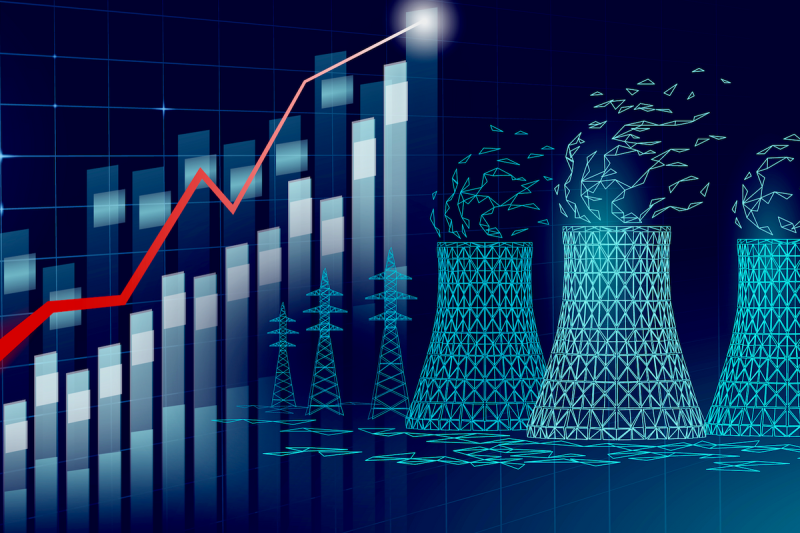The United States is making significant strides in boosting its nuclear power capacity, with plans in place to triple it by the year 2050. This ambitious goal comes as part of the nation’s efforts to enhance its energy security, reduce reliance on fossil fuels, and combat climate change. Nuclear power has long been viewed as a viable alternative to traditional energy sources due to its low carbon emissions and high energy output. With advancements in reactor technology and a growing focus on sustainability, the U.S. is poised to usher in a new era of nuclear energy production.
One of the key strategies to achieve this goal is the development of small modular reactors (SMRs). These innovative nuclear reactors offer several advantages over traditional large-scale nuclear plants. SMRs are scalable, allowing for easier and more cost-effective deployment, especially in regions with limited space or infrastructure. Additionally, SMRs are inherently safer due to their design features, such as passive cooling systems and enhanced containment structures. By investing in SMR technology, the U.S. aims to diversify its nuclear energy portfolio and make nuclear power more accessible and deployable.
Another crucial component of the plan to triple nuclear power capacity is bolstering research and development efforts in the field of nuclear energy. The U.S. Department of Energy (DOE) has been actively supporting projects focused on advanced nuclear technologies, such as fast reactors and molten salt reactors. These next-generation reactors promise higher efficiency, improved safety, and reduced nuclear waste generation compared to current reactor designs. By fostering innovation and collaboration among industry stakeholders, the U.S. aims to accelerate the commercialization of advanced nuclear technologies and drive the growth of its nuclear power sector.
Furthermore, the expansion of nuclear power capacity in the U.S. necessitates robust regulatory frameworks and streamlined licensing processes. To expedite the deployment of new nuclear projects, the Nuclear Regulatory Commission (NRC) has been working to enhance its regulatory efficiency and transparency. By providing clear guidance and support to nuclear developers, the NRC aims to facilitate the licensing of new reactors while ensuring compliance with stringent safety standards. A conducive regulatory environment is essential to instill investor confidence and attract private capital to fund the construction of new nuclear plants.
In conclusion, the U.S. is making significant strides in tripling its nuclear power capacity by 2050, driven by a commitment to bolster energy security, mitigate climate change, and foster technological innovation. Through the deployment of small modular reactors, investment in advanced nuclear technologies, and regulatory reform, the nation is laying the groundwork for a sustainable and resilient nuclear energy sector. As the U.S. transitions towards a cleaner and more diversified energy mix, nuclear power is poised to play a crucial role in shaping the future of the country’s energy landscape.
